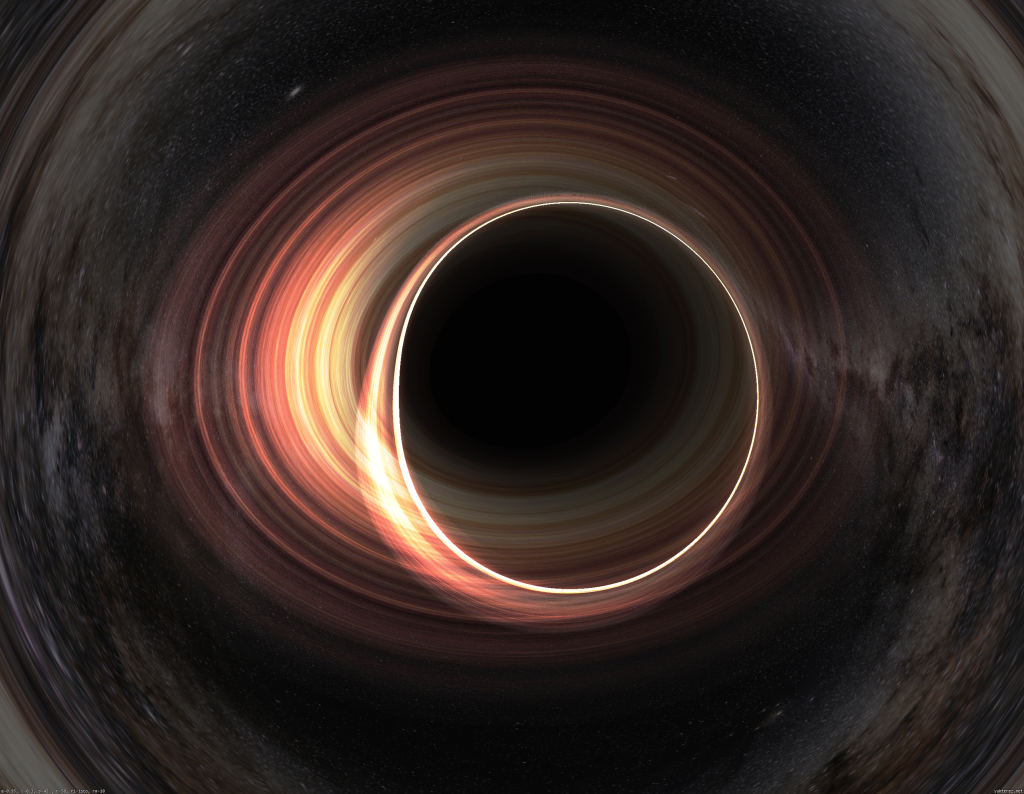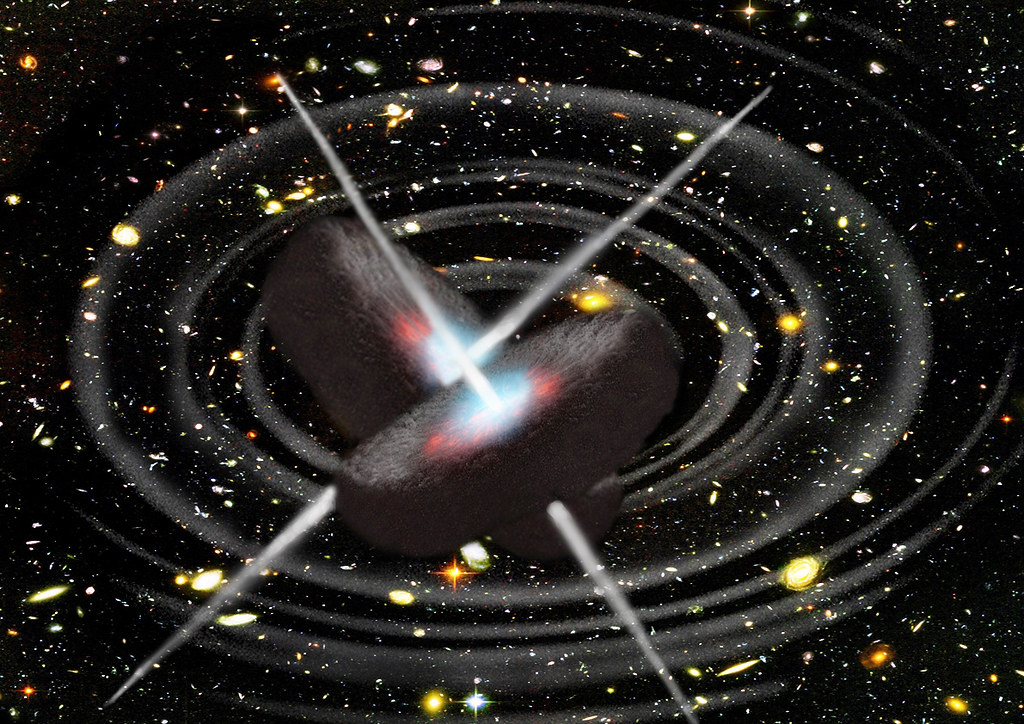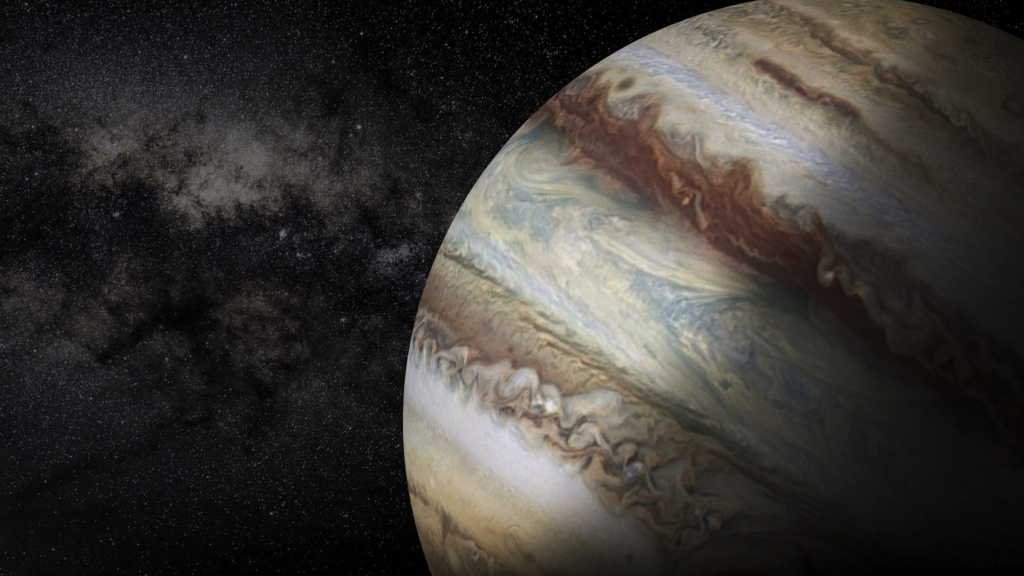
“Black holes this large are ruled out by standard models of stellar evolution.” With these words, the LVK Collaboration’s Mark Hannam summarized the general shock of the astrophysics community. The observation of GW231123 a gravitational-wave event creating a 255-solar-mass black hole has not only broken all past records but also pushed theorists to the limits of their models and the capabilities of gravitational-wave astronomy.

1. GW231123: A Record-Breaking Merger
On November 23, 2023, the LIGO-Virgo-KAGRA (LVK) network detected a transient, low-frequency signal for only 0.1 seconds. This hardly detectable blip, GW231123, marked the merger of two black holes with approximate masses of 103 and 137 solar masses, producing a remnant of 225–255 solar masses. This is way above the previous heavyweight, GW190521, which yielded a 140-solar-mass black hole. As Stephen Fairhurst commented, “This event gives nice proof that black holes in the mass gap can exist” Scientists witness the most massive merger observation to date.

2. The Upper-Mass Gap: Conflicting Stellar Evolution
Traditional stellar evolution predicts a so-called “upper-mass gap” region between about 60 and 130 solar masses in which black holes do not directly form from collapsing stars. Here, the pair-instability supernova mechanism shatters such massive stars so comprehensively that no remnant is left behind. As theoretical models describe, “the energy within the core of such a star would be so high that it would produce electron–positron pairs, a matter–antimatter combination that reduces the star’s self-sustaining pressure.”

The pressure drop results in a demolition implosion and no possibility for the star to achieve a black hole climax Extremely heavy stars with approximately 200 solar masses are unstable. However, GW231123’s ancestors fall firmly within this forbidden range.

3. Hierarchical Mergers: Constructing Goliaths out of Goliaths
The hierarchical merger scenario is the only credible explanation for the existence of such massive black holes. In this scenario, previous generations of black holes merge to form increasingly bigger remnants that may themselves merge. “It’s a family tree of black holes,” Caltech’s Sophie Bini said. But it’s an astrophysical challenge. Following every merger, the resulting black hole will usually suffer a recoil kick, which may expel it from the dense stellar environments e.g., globular clusters or active galactic nuclei disks where future mergers are probable A likely outcome is that these black holes are the product of hierarchical mergers.

4. Spin Enigmas: At or Near the Kerr Limit
GW231123’s black holes were not only massive but also rotating at 80–90% of general relativity’s theoretical maximum. Charlie Hoy of the LVK Collaboration said, “The black holes seem to be rotating very quickly close to the maximum permitted under Einstein’s general theory of relativity. That makes the signal hard to model and interpret.” Remnants of older mergers are anticipated to have high spins since they inherit angular momentum from their ancestors. However, as Davide Gerosa pointed out, “The typical prediction for spins in the hierarchical merger scenario is around 70%.” The measured spins are even larger, which challenges the efficiency of angular momentum transfer and the conditions under which such fast rotation can occur Such high spins imply that these black holes formed through mergers in the past.

5. Detection of Gravitational Waves at the Limit
GW231123’s detection strained the LVK network’s sensitivity. Gravitational-wave observatories are designed to detect signals from black holes with masses of tens of solar masses. In the case of GW231123, the signal lasted only briefly and was dominated by low-frequency content, so extracting information was difficult. “The analysis is less certain because you have less to begin with,” Bini said. The shortness of the event only one-fifth of a second made parameter estimation and sky localization difficult The gravitational-wave signal was at the low end of the range of the detectors, which means the black holes must have been heavy. The signal was short too only one-fifth of a second.

6. Theoretical Modeling: Tackling Spin and Mass
Modeling gravitational waves from such high-mass, high-spin binaries accurately is challenging and demands advanced waveform models. Numerical relativity runs computing Einstein’s equations on supercomputers are the standard of reference but computationally too expensive for everyday analysis. Analysts make do with semi-analytical models fitted to a few key simulations. For these models, particularly in the high-mass, high-spin regime, accuracy is an active area of study. Only with models that are idealized descriptions of general relativity can unbiased results be found, a recent paper stressed, but practical limitations compel us to depend on approximations The quality of a GW model is usually defined by the mismatch of the model from a fiducial waveform.

7. Population Synthesis and the Role of Clusters
Hierarchical mergers will be most probable in crowded stellar environments like globular clusters. Population-synthesis calculations suggest that the mergers are quenched after several generations through cluster expansion and black hole ejection. The mass distribution of found black holes greater than 50 solar masses is consistent with hierarchical assembly predictions but is still uncertain for pairing functions, spin distributions, and cluster evolution Hierarchical mergers are consistent with the dominant BH mass distribution from GW events for m1 > 50 M⊙ independent of the BH pairing function assumed.

The GW231123 event has therefore emerged as a benchmark for gravitational-wave astrophysics in the future. With LIGO, Virgo, and KAGRA reaching newer heights in detection and modeling, it is clear what the challenge is: the universe’s heaviest black holes are changing the rules, and the scientific community is in an effort to keep pace.


